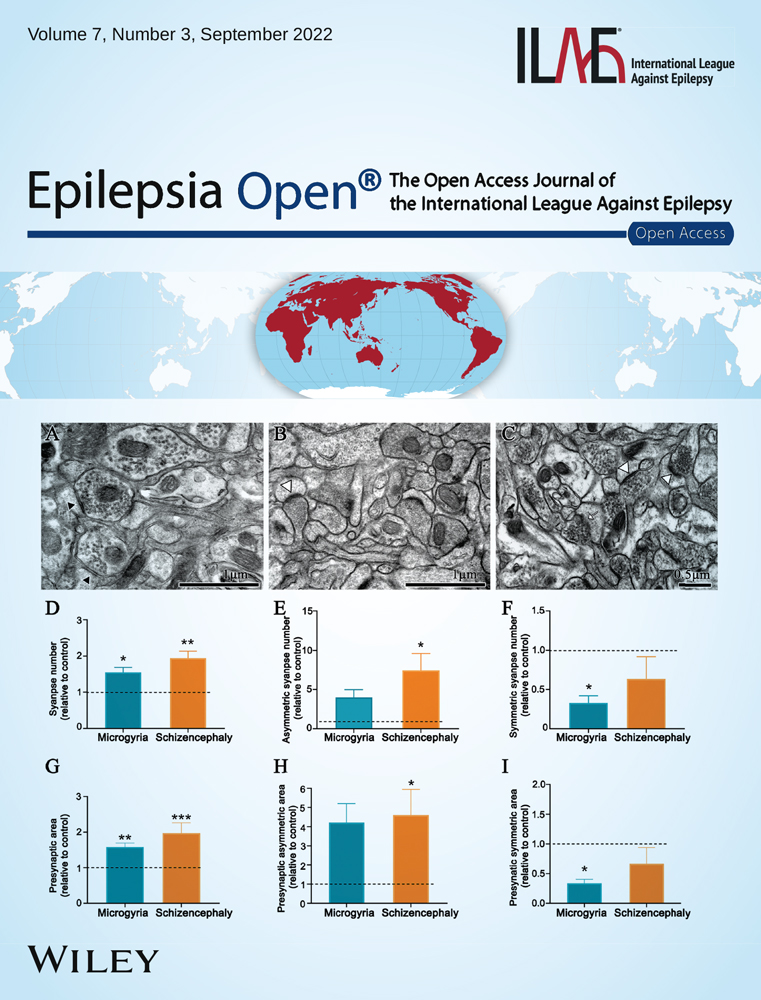Letter to Brain-responsive corticothalamic stimulation in the pulvinar nucleus for the treatment of regional neocortical epilepsy: A case series
We read with interest the Burdette et al.1 article reporting promising results on the neurostimulation of the pulvinar nucleus for posterior quadrant drug-resistant epilepsy. Two patients with cryptogenic epilepsy and one with periventricular nodular heterotopia who have benefited from deep brain pulvinar stimulation were included in your study. In one case, pulvinar stimulation was also associated with neocortical stimulation. Interestingly, together with improvement of seizure frequency (>50% and up to >90%), you found a mild cognitive improvement in neuropsychological testings.
The authors stated in the abstract that pulvinar is largely unstudied as a neurostimulation target on epilepsy: we respectfully disagree.
The authors may have not mentioned the paper of our group2 published in Epilepsia because it was not strictly speaking pulvinar chronic deep brain stimulation but we would like to point out that it was the first to report the benefit of acute medial pulvinar (PuM) stimulation in 8 SEEG-implanted patients and to demonstrate the effect of this “new” target on seizure duration, morphological electrical modification, and on overall clinical response (62% of responders—in particular regarding alteration of awareness). In the same setting of patients, we also showed that pulvinar stimulation during seizures can modify connectivity values, lowering the level of synchrony, only in patients who experienced a clinical improvement in awareness level.3
These studies derive from 15 years of research on the subject from different groups in France including ours. The involvement of PuM in human temporal lobe seizures was firstly shown several years ago on the basis of intracranial recordings4, 5 This nucleus establishes many connections with the temporal lobe and associative cortices6, 7; moreover, it is involved in the circuitry of temporal epileptic seizures and plays a critical role in ictal loss of consciousness8 and proves also pivotal in the termination of seizures.9 According to Pizzo et al.,7 PuM appeared to be involved in different types of epilepsy other than temporal lobe epilepsy (ie, posterior quadrant epilepsy, motor/premotor epilepsy, operculo-insular epilepsy, temporal plus epilepsy, and lateral temporal epilepsy).
All these data strongly strengthen the relevance of pulvinar as a key target for deep brain stimulation in epilepsy.
The results the authors reported on pulvinar stimulation are extremely promising but needed to be put into perspective in light of previous important studies on pulvinar neurophysiology and neuroanatomy. They represented the only available data on pulvinar direct recordings in humans to date. All these consistent preliminary data lead us to launch a clinical trial (ClinicalTrials.gov Identifier: NCT04692701) on medial pulvinar stimulation that is currently ongoing in France. We sincerely hope our results will be consistent with the clinical outcome the authors report for the benefit of patients suffering from these severe types of epilepsy.
CONFLICT OF INTEREST
Neither of the authors has any conflict of interest to disclose. We confirm that we have read the Journal's position on issues involved in ethical publication and affirm that this report is consistent with those guidelines.




